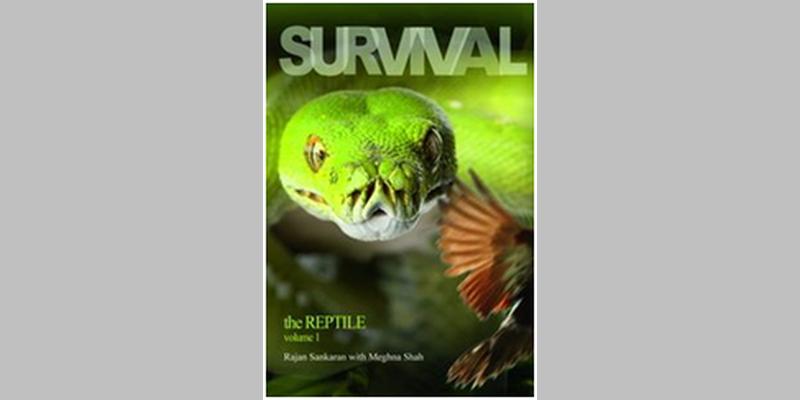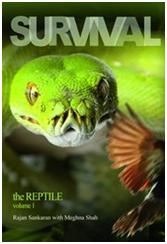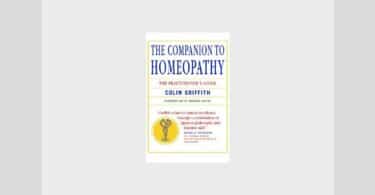Survival – The Reptile
Authors: Rajan Sankaran & Meghna Shah
Homoeopathic Medical Publishers, 2011,
ISBN:978-81-906316-8-62
Softcover – 1178 pages Reviewed by Joseph Rozencwajg, New Zealand
Reprinted with permission from Homoeopathic Links Autumn 2011, Vol.24: Page 199
Having learned a lot from “An Insight into Plants” 1 was looking forward to this book. After the usual introduction and reminder of the Sensation System, and the very welcome reminder that this method should be used only after a full training and understanding of basic homeopathy, Sankaran guides us through general information about the reptiles, then through every category: turtles, crocodiles, snakes, lizards, tuataras and even dinosaurs, reviewing most of the members of each family, with the exception of the dinosaurs. There is a lot of zoological information, insights into the lives and behaviours of those animals and as a “biology enthusiast” I really enjoyed those details… but where is the homeopathy? Instead of looking up and grouping the findings in provings, cured cases and repertories, most of the space is spent telling us about the “possible expressions in humans” (sic). There are some rubrics, material medica and provings when available but only in very small, restricted amounts (I was going to write in “homeopathic dilutions..”.). Apparently Dr. Sankaran has transposed the reptilian world unchanged into the human world. That is called anthropomorphism, or for homeopaths it is the old Doctrine of Signatures reborn in the 21st century.
Provings do show the human expression of pathology; that is what we are after. For example, on page 779 we find the food cravings of Elapscorallinus, as Sankaran himself discovered during an earlier proving of the remedy; this snake does not eat any of those foods! On page 900, we read in the mentals of the Crotalinae “a snake scared of its own violence”. That is a human expression; for the snake “violence” is normal, healthy behaviour. Certainly, the opposite is true: we find symptoms in a proving and can then relate them to the specific lifestyle of the particular reptile, allowing us to differentiate from others and to memorise the facts. But to claim that a patient who retracts himself and closes up needs a tortoise remedy because that is what a tortoise does naturally, seems to be a bit of a stretch. Relating the clairvoyance found in snake patients to the snake’s ability to find its prey and “see” through infrared sensors and vibration sensors is a far-fetched interpretation even though the facts are correct. As usual, there are plenty of cases that reacted very well, some of them still needing repeated doses (then they are not cured, isn’t it?), others having returned to normality. This is proof enough that the system works, no doubt about it. And certainly, the parallelism between the way of life of certain animals (normal) and the behaviour and pathologies in patients (abnormal) is present and clear, but the way it is presented in this book makes it a direct projection from one realm to the other without its pathological transformation that we can find when doing a proving. The Reptile appears to be more a detailed exploration and explanation of Sankaran’s Sensation system, rather than an informative material medica like the Insight into Plants. It will certainly appeal to his students and followers, and rightly so. For those of us who only want to understand the remedies better, it is a good addition to the regular textbooks, a very detailed illustration with fabulous pictures and detailed biological knowledge.
Editor’s note: This is the 2nd review of this book we’ve published. The previous review was by Laura Sholtz.








He has a profound understanding of the symbolic language and the meaning of it to human health. Just like Dr Lilley, but more related to an even more basic part of the intelligence than the basic limbic system, wich is the reptilian (sensation) system. Thank you for sharing. For now I cant but those two books, but Im hoppeful for soon.